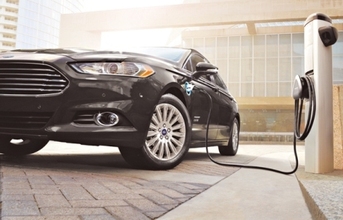
Plug-in vehicles are expected to attract the greatest demand of any e-vehicle, for both the TRIAD and the BRIC markets. Fuel cell vehicles are also experiencing a rise in popularity with 69 percent of respondents considering this technology as critical to future growth.
Despite this confidence, the majority of investment from automakers will continue to be in downsizing the ICE, which could slow advances in e-vehicles, according to the survey. Seventy-six percent of respondents say that ICE downsizing and optimisation is a key issue, compared to just 59 percent for battery-powered technologies.
TRIAD OEM's are twice as likely to invest in ICE downsizing, whereas BRIC countries are more focused on the various forms of e-mobility, like plug-in hybrids and pure battery electrified vehicles.
Technology driving change
As automakers consider ways to grow organically, technology leadership could be critical to the survival of a company. "The demand for autonomous driving is leading automakers to become mobility solutions providers," said Meyer. "There is a strong correlation between technological leadership and the ability to remain independent and we can see this from the importance that automakers are placing on technological advances to enhance their mobile solutions."
With more software technology intrinsic to today's vehicles, the self-driving car becomes a real possibility for the marketplace. However, only 14 percent of respondents feel that self-driving cars represent one of the key industry trends, although these figures differ widely by country. In the BRIC countries, the expectations for self-driving cars are higher (23 percent) than in the TRIADs (11 percent).


























